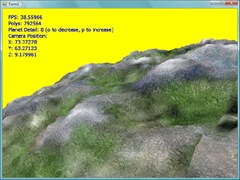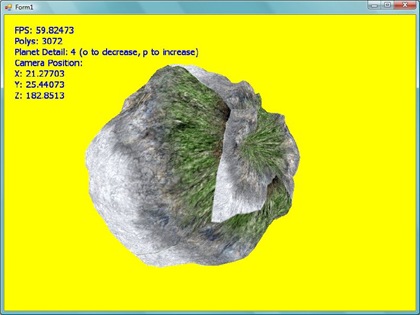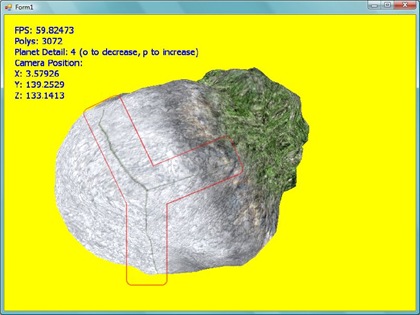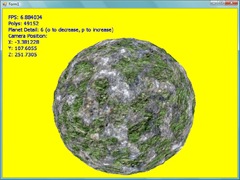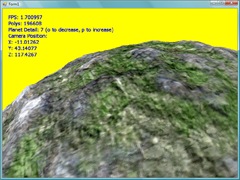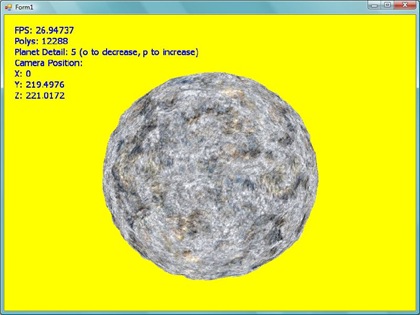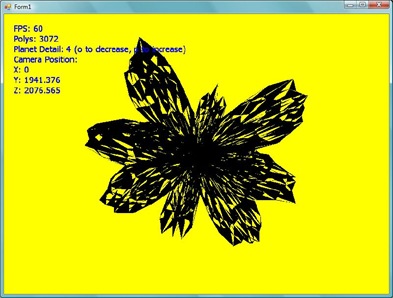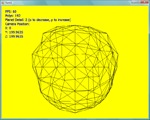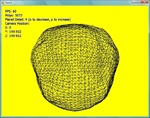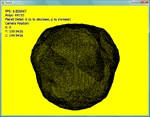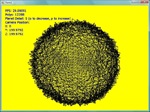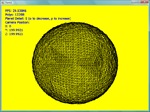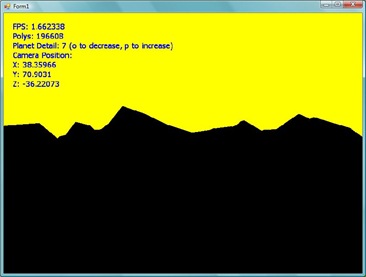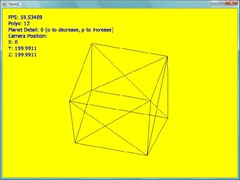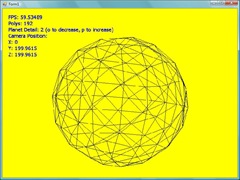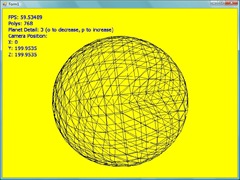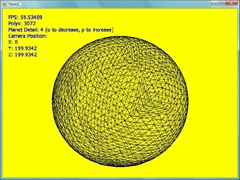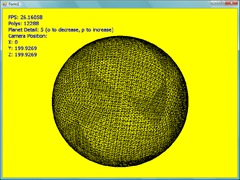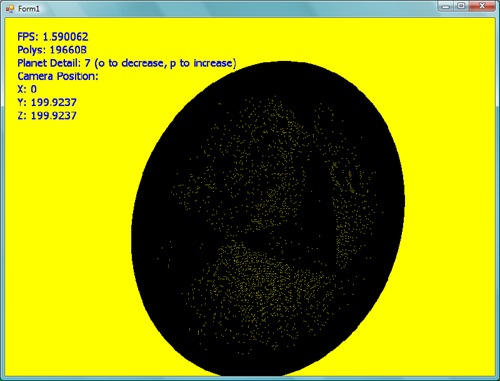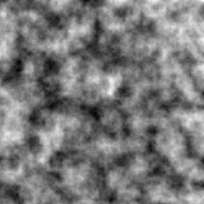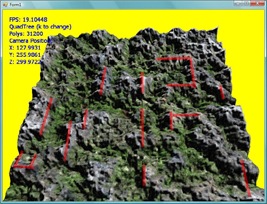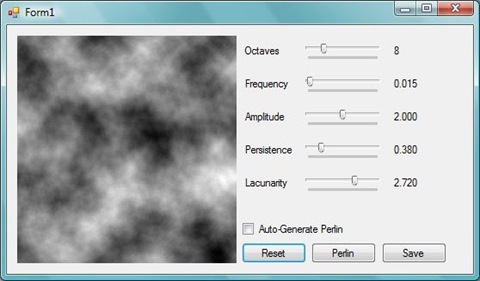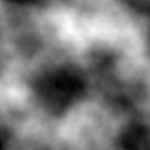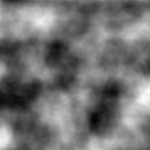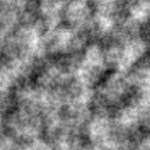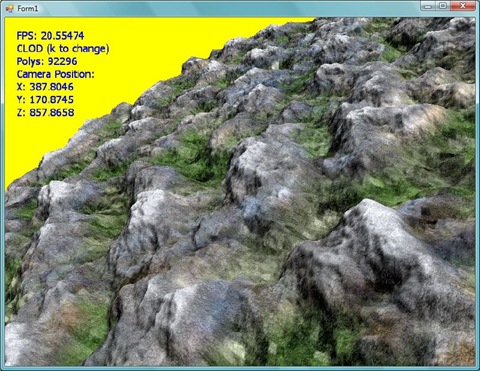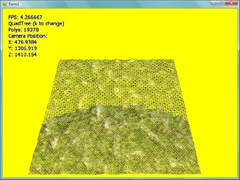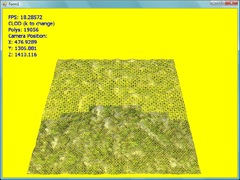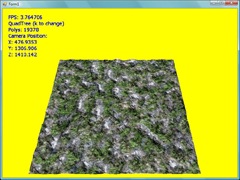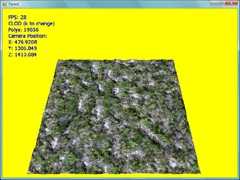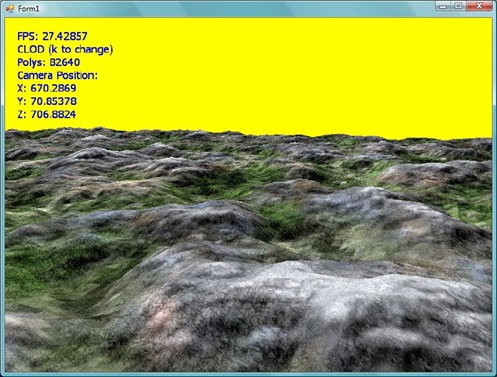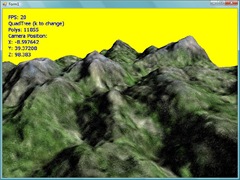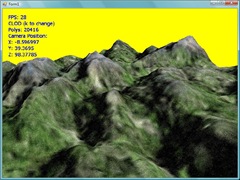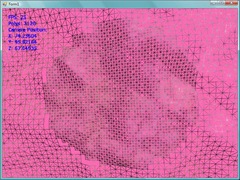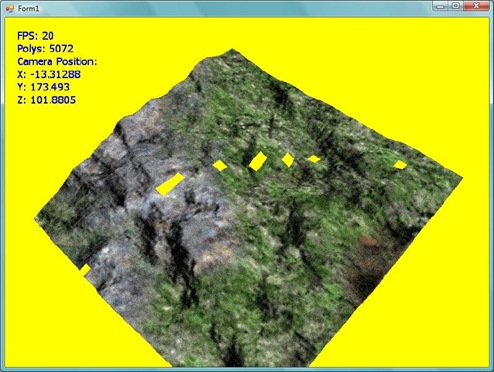Not a very interesting post I'm afraid, all I did was optimise a bit (mainly moving all the vertices to a vertex buffer and creating one index buffer for each cube face). Now I can render the planet at a level of detail of 8 (about 750,000 polys) at a reasonable FPS of 50 - before at level 7 (about 200,000 polys) I was only getting 1 FPS!
I still have a seam problem where the 2 cube faces meet (it's most visible in the bottom right of the second image above) and I think it has to do with the fact that the base textures I have don't wrap in every direction.
I'm not looking forward to implementing CLOD on this sort of sized terrain. I've had issues with Quadtree before where it just took up a load of memory and slowed everything down. I need a good way of aggregating the vertices in the patches I render - and I'm at a loss. Also, I need to be able to dispose of patches I don't use without effecting FPS - I tried this before but with little success.

